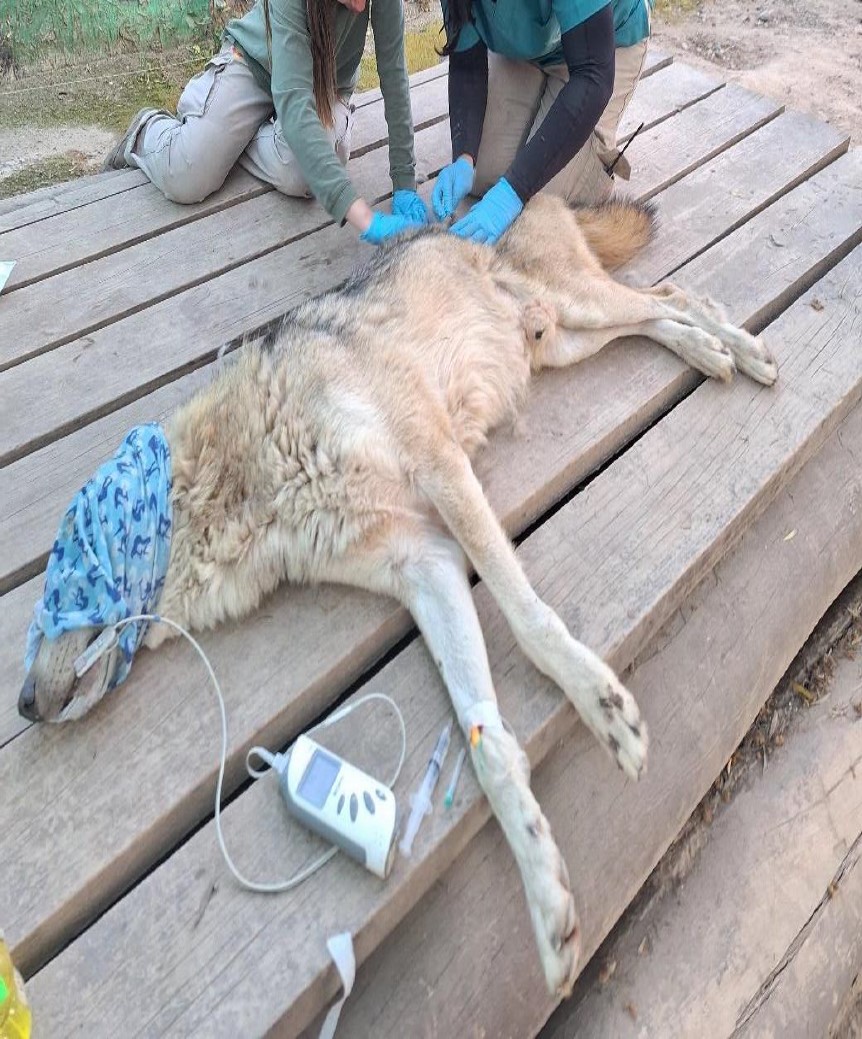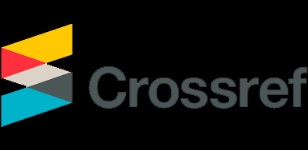Sebaceous gland carcinoma in a european wolf under human care (Canis lupus)
DOI:
https://doi.org/10.19137/cienvet202426207Keywords:
European wolf, Carcinoma, Myiasis, CaptivityAbstract
Wolves have been always admired by humans, beyond the evolutive nearness to domestic dogs, his veterinarian management is something different due to their savage nature. The objective of this work is to offer information about the clinical approach to diseases of animals in captivity, their management, and resolution. An old male of 14 years old European Wolf (Canis lupus) coming from a loan, evidenced in acute form fly eggs at the tail base, appetite loss, and pruritus, a chemical contention was performed to make a proper clinical examination, showing myiasis, and multiple epidermic nodules infection at loin and rump. We decided to go through the anesthesia procedure and solve the nodules by surgery , then send it for histopathology
Downloads
References
Fowler M. Restraint and handling of wild and domestic animals. Third Edition. Part 3 wild animals p.276.
Hahn A. Zoo and wild mammal formulary. Non-domestic canids. Wiley Blackwell. P. 120- 125. (2019)
Irwin, M. Stringfield, C. Zookeeping an introduction to Science and Technology. 48 Veterinary diagnostics p.487. ISBN- 13: 978-0-226-92532-5 (2013)
Range F, Marshall-Pescini S. Wolf and dogs between Myth and Science. Ed Springer P 342 ISBN 978-3-030-98411-3 https://doi.org/10.1007/978-3-030-98411-3

Downloads
Published
Issue
Section
License
Copyright (c) 2024 Gonzalo Manuel Godoy Steindl

This work is licensed under a Creative Commons Attribution-NonCommercial-ShareAlike 4.0 International License.
Al momento de enviar sus contribuciones, los colaboradores deberán declarar , de manera fehaciente, que poseen el permiso del archivo o repositorio donde se obtuvieron los documentos que se anexan al trabajo, cualquiera sea su formato (manuscritos inéditos, imágenes, archivos audiovisuales, etc.), permiso que los autoriza a publicarlos y reproducirlos, liberando a la revista y sus editores de toda responsabilidad o reclamo de terceros , los autores deben adherir a la licencia Creative Commons denominada “Atribución - No Comercial CC BY-NC-SA”, mediante la cual el autor permite copiar, reproducir, distribuir, comunicar públicamente la obra y generar obras derivadas, siempre y cuando se cite y reconozca al autor original. No se permite, sin embargo, utilizar la obra con fines comerciales.







.jpg)

4.png)


7.png)



